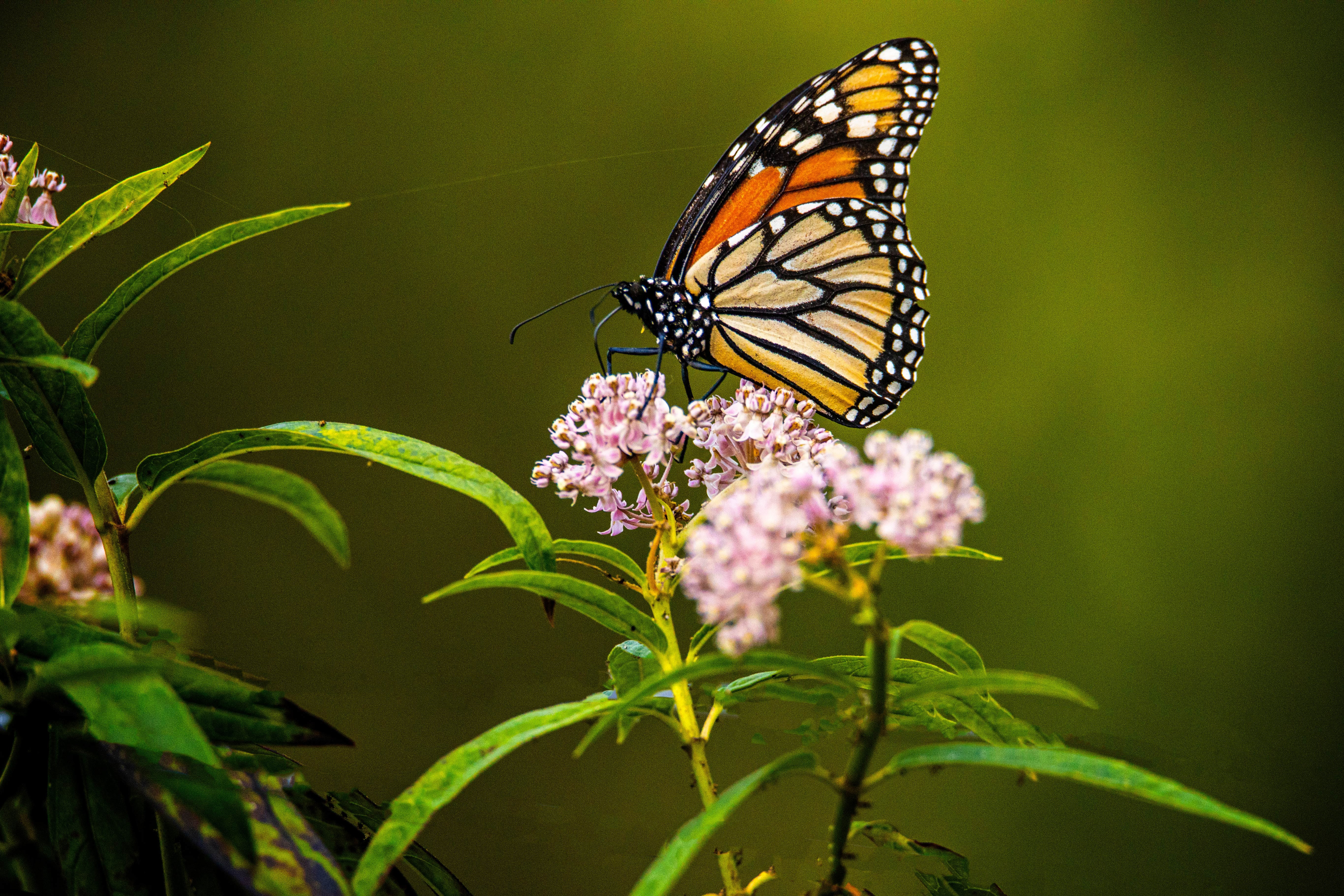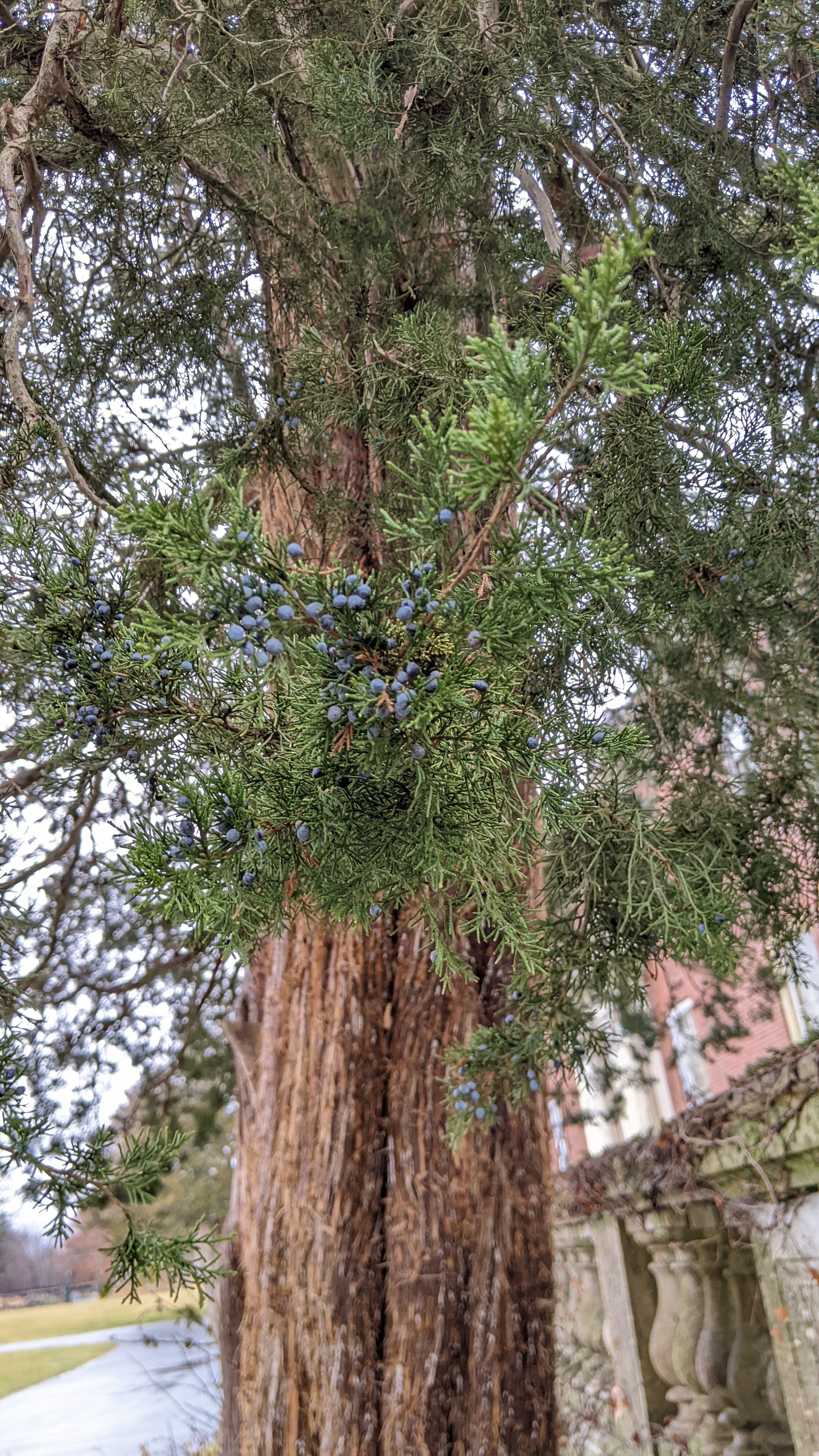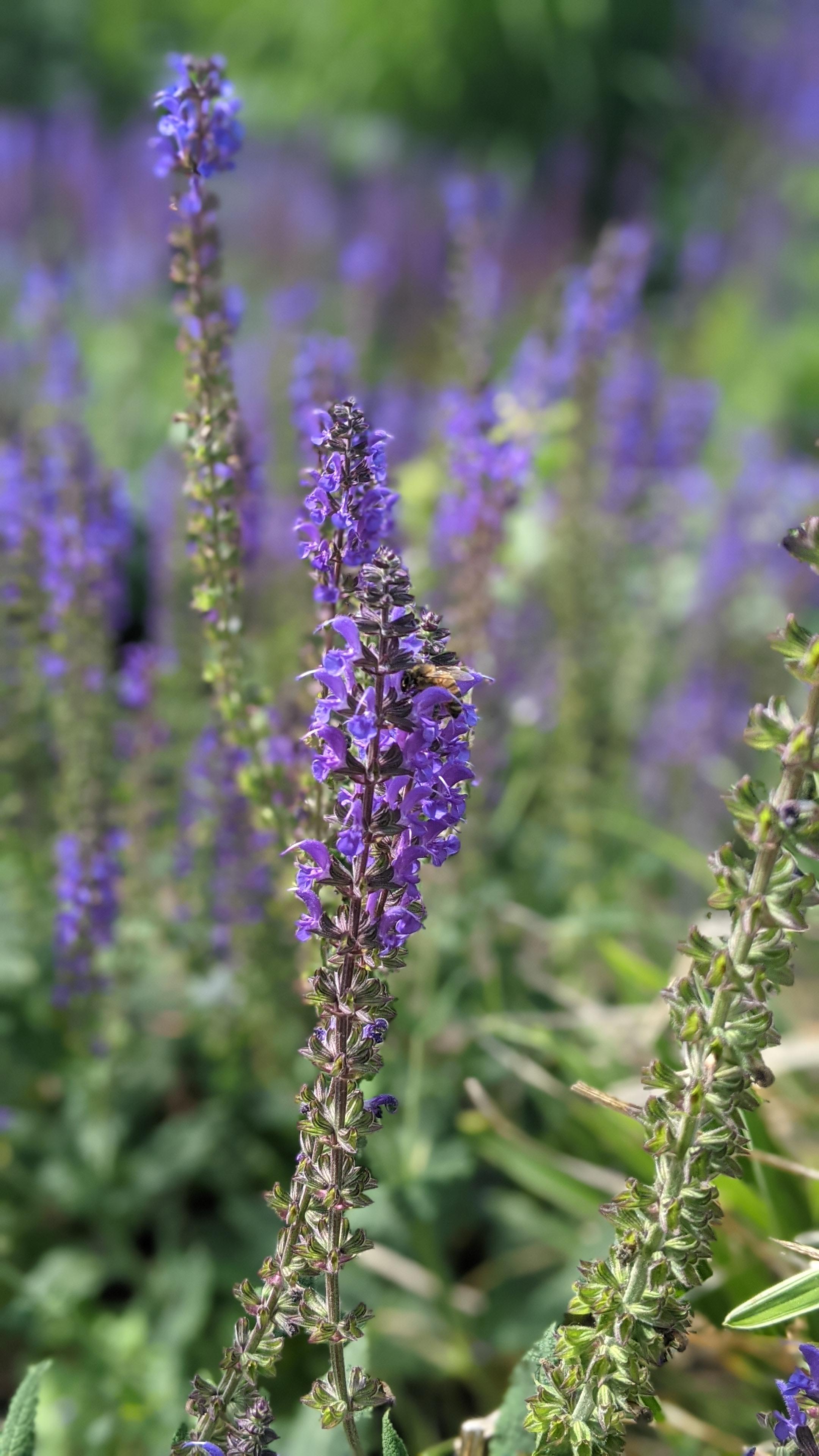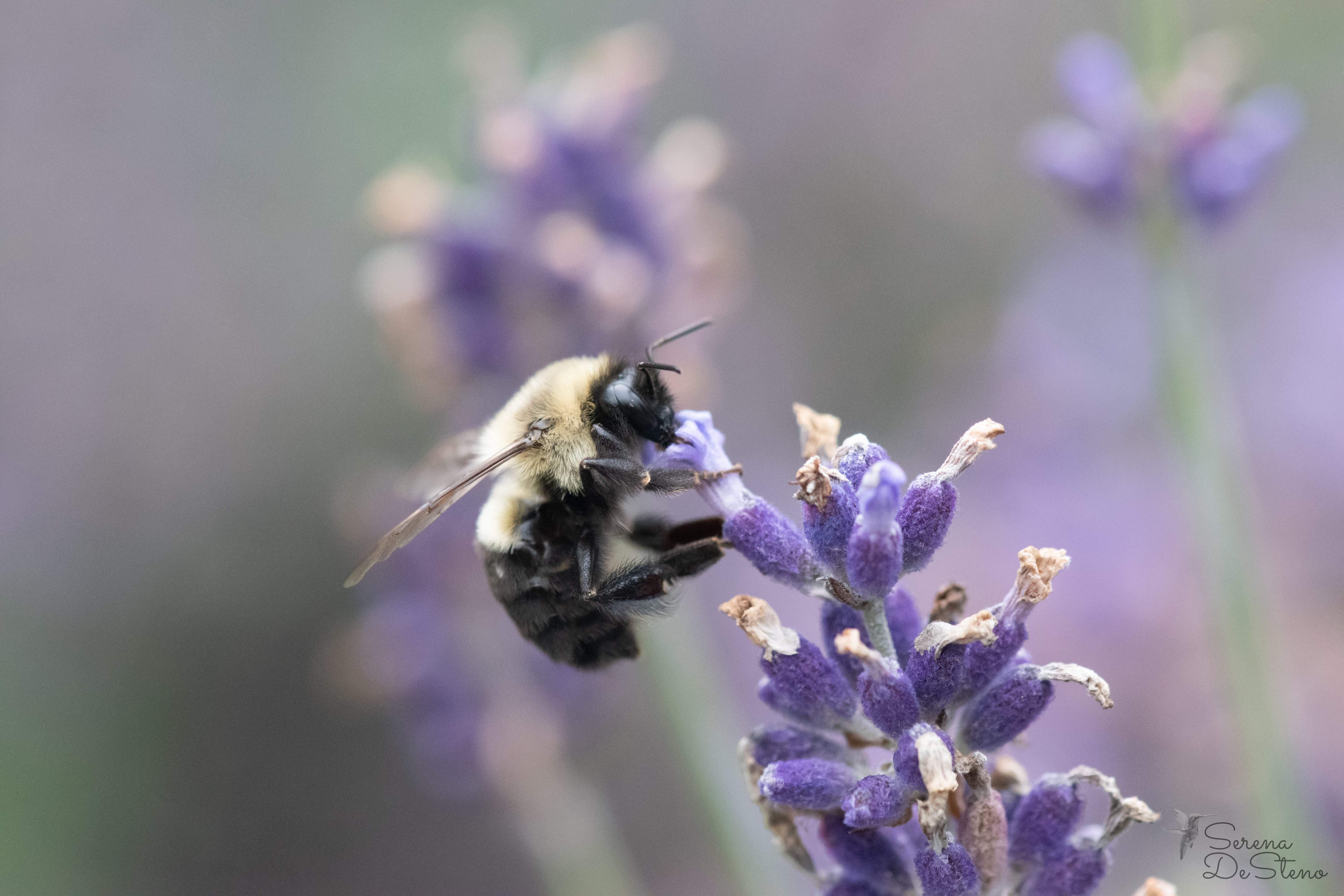 Spring is a time of new beginnings, when the stagnant air of winter is refreshed with the new energy of a blooming season. Fresh green sprouts, with resilience and strength, push through the frosted ground, their leafy crowns soaking in the sunlight. Flowers bloom as their petals yawn outwards, their dazzling hues adding color to the landscape once more. The world is invigorated with new life as the trills of birdsong and the buzz of insects once again hum on the warm breeze.
Spring is a time of new beginnings, when the stagnant air of winter is refreshed with the new energy of a blooming season. Fresh green sprouts, with resilience and strength, push through the frosted ground, their leafy crowns soaking in the sunlight. Flowers bloom as their petals yawn outwards, their dazzling hues adding color to the landscape once more. The world is invigorated with new life as the trills of birdsong and the buzz of insects once again hum on the warm breeze.
All of this, the blooming of spring and the cycling of seasons and life, is made possible by the pollinators. Without them, the world would be entirely different, and devoid of much of nature’s beauty. What is a pollinator? According to the National Park Service, “A pollinator is anything that helps carry pollen from the male part of the flower (stamen) to the female part of the same or another flower (stigma) … [Some] flowers are pollinated by insects and animals - such as bees, wasps, moths, butterflies, birds, flies and small mammals, including bats.”
Pollinators are incredibly varied and diverse: as it states above, even mammals can be pollinators. Populations of pollinators everywhere, however, are declining. This is extremely problematic, for, without pollinators, plants everywhere would also decline; this would not only damage the beautiful sanctuary of nature, but also the crops around the world that we rely on for food. Pollinators are vital to the cycle of life and keeping the world, and all on it, healthy. Therefore, it is imperative that we dedicate time to helping our local pollinators and supporting the incredible work that they do.
Why are pollinators declining? There are a number of factors contributing to their decline, including climate change, use of insecticides, and invasive species. There are a few different things we can do to help pollinators. One thing that we can do is plant native.
What does this mean? Some plants in your garden may be invasive, meaning that they are meant to grow in other countries, and do not grow naturally in your area. This also means that they do not support your local wildlife, and can overpower the other, perhaps native plants in your yard. Our local pollinators, such as bees or hummingbirds, cannot use these invasive species (whether for food, shelter, etc.), for they have not co-evolved with them. If you plant native species in your garden, however, your yard will become a safe haven for pollinators and will bloom with new life.
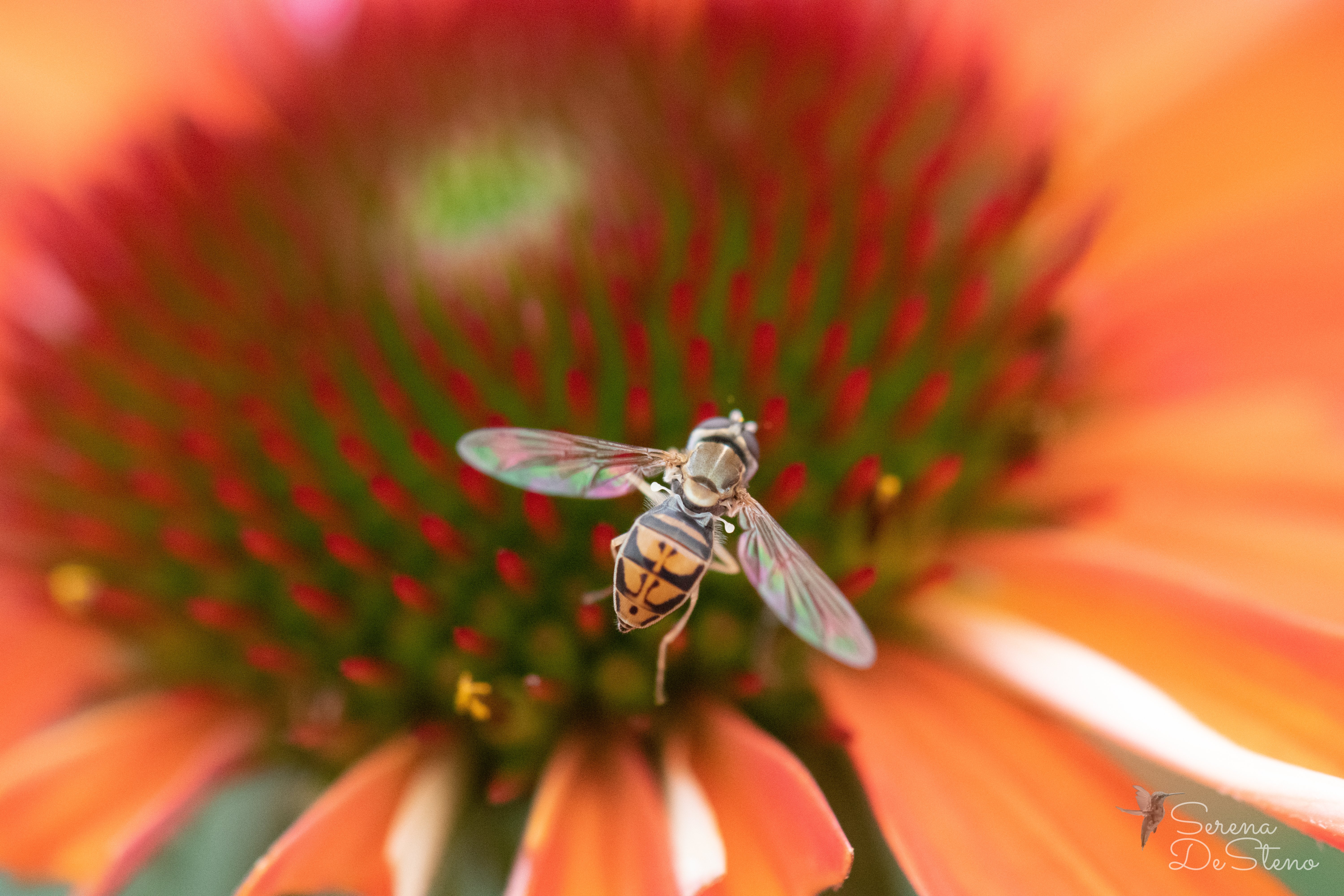
There are some fantastic websites that help you determine what your native plants are so that you can know what you want to plant this spring. Audubon’s native plant database gives you a list of native plants perfect for your area, and will also tell you which insect pollinators and birds the plants may attract. This website can be really helpful when trying to design a garden, especially if you have a few different insect or bird species you are interested in supporting specifically. Pollinator Partnership’s guides for Selecting Plants for Pollinators is fantastic for learning how to plant native. Discover your ecoregion and download your free planting guide to get started planting native.
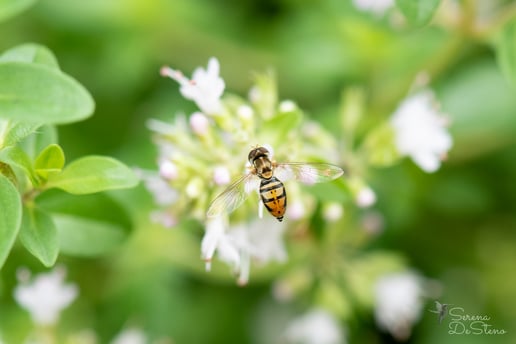 You can also visit your local garden center and ask their staff for native plants and pollinator plants. Many garden centers and nurseries have curated sections of these types of plants, and their experts will surely help you plan a great garden this year.
You can also visit your local garden center and ask their staff for native plants and pollinator plants. Many garden centers and nurseries have curated sections of these types of plants, and their experts will surely help you plan a great garden this year.
As spring approaches, this is the perfect time to start thinking about what you want to plant in your garden. By choosing to plant native, you are not only supporting your local pollinators, but you are also joining a global movement to support pollinators worldwide. If you’re in need of some inspiration, the Garden at Elm Bank has some great pollinator and native landscapes. Check out the Pollinator Garden in Weezie’s Garden for Children. This tall-growing patch, planted in the shape of a butterfly, blooms from June well into fall. You can also see a native plant landscape in Noanett Garden Club’s Historic Daffodil and Native Plant Garden. Full of daffodil blooms in spring, and native flowers and grasses all season long, this garden area will help you discover your new favorite native plants.


